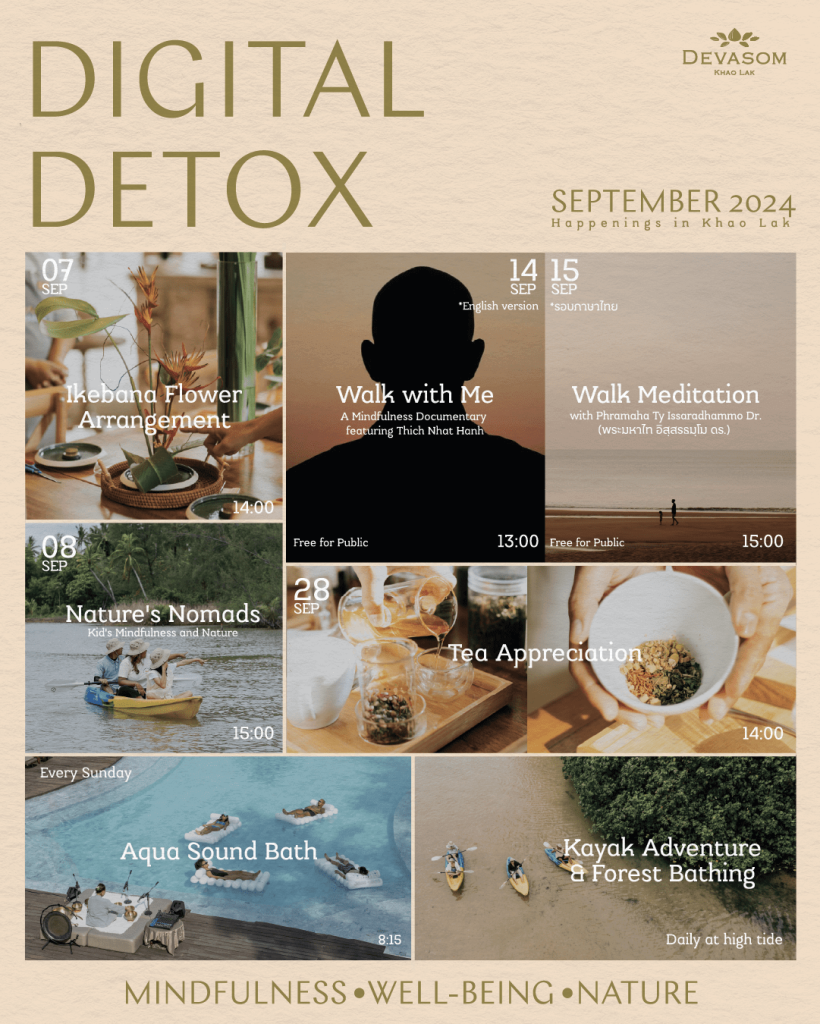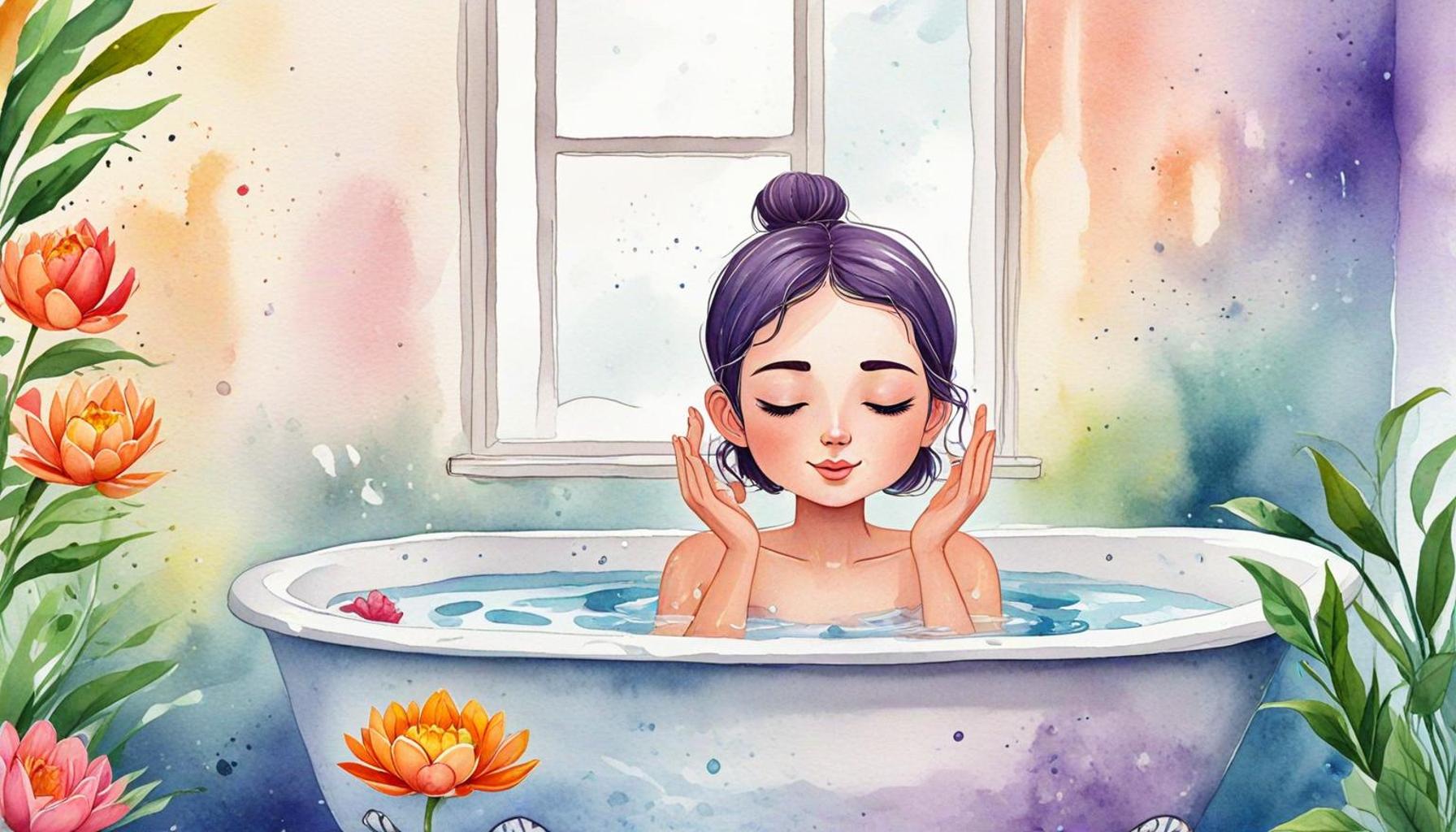Master Mindfulness Sensory Meditation Techniques for Your Bath

Enhancing Your Shower Experience
Shower meditation is an innovative practice that transforms a daily routine into a sanctuary for the mind and body. With the soothing sounds of water cascading and the warmth enveloping, the shower offers an ideal environment for mindfulness. By incorporating sensory awareness techniques, you can elevate your meditation practice and foster a deeper connection with your senses.
Why Mindfulness in the Shower?
Integrating mindfulness into your shower routine can pave the way for numerous benefits, such as:
- Stress reduction: Engaging your senses can help calm racing thoughts.
- Enhanced focus: Learning to be present improves overall mindfulness.
- Increased joy: Simple pleasures become more vivid and rewarding.
In this article, we will explore the top five techniques to incorporate mindfulness and sensory awareness into your shower meditation routine. Prepare to discover simple yet effective ways to make your bath a contemplative retreat, enriching both your day and your mind.
YOU MAY ALSO LIKE: Read this other article
Top 5 Techniques for Mindfulness: How to Incorporate Sensory Awareness into Your Shower Meditation Routine
Mindfulness, the art of being present and fully engaged in the moment, has become a popular practice for alleviating stress and enhancing overall well-being. Shower meditation, an innovative approach to incorporating mindfulness into daily routines, takes advantage of the shower’s soothing ambiance. By merging the calming effects of water with focused sensory awareness, this practice offers a unique opportunity for relaxation and reflection. Below, we delve into the top five techniques to cultivate mindfulness in the shower, bringing an immersive and rewarding experience to your senses.

5. Aromatic Immersion
An effective way to heighten your mindfulness experience in the shower is through aromatic immersion. Scents have a powerful impact on our mood and emotions, with lavender, eucalyptus, and chamomile being popular choices for promoting tranquility and easing stress.
- Essential oils: Just a few drops on the shower walls or in a diffuser can fill the space with a gentle fragrance. The steam amplifies the scents, making your shower a spalike escape.
- Scented shower gels: Infuse your routine with olfactory pleasure by selecting gels that align with your mood, such as invigorating citrus in the morning or soothing vanilla at night.
- Aromatherapy candles: For those who enjoy ambiance, lighting a candle with your favorite scent before stepping into the shower can enhance the mood and elevate the experience.
During your shower, consciously inhale these scents, letting them envelop you both physically and mentally. Aromatic immersion not only refreshes but also grounds you in the present moment, fostering a deeper connection with your environment.
4. Soundscape Synchronization
Sound has a profound impact on the mind, making it a valuable tool for meditation. By incorporating soundscape synchronization, you can deepen your mindfulness practice as you attune to auditory stimuli.
- Calming music: Instrumental tunes, such as those from classical music or nature-inspired compositions, can infuse your shower with peace. Invest in a waterproof speaker to enjoy these sounds safely.
- Natural sounds: Apps or playlists featuring sounds of rain, ocean waves, or a gentle breeze can bolster relaxation and create a bridge to the natural world.
- Audible breathing: Focus on the sound of your breath mingling with the sound of the water, allowing each inhale and exhale to synchronize with the rhythmic flow of the shower.
Choose soundscapes that ease you into a state of tranquility and awareness. This technique awakens your auditory senses and encourages a mindful presence, enhancing your appreciation of the shower’s rhythmic environment.
3. Visual Focus
The shower environment is rich with visual stimuli, which you can harness to boost your mindfulness through purposeful visual focus.
- Watching the water droplets: Pay close attention to the way water droplets form, move, and dance on your skin. This simple act can lead to a meditative state, as it requires full attention to the moment.
- Focusing on colors: Be mindful of the interplay of colors in your shower products or the various hues of the light reflecting off surfaces. Noticing these can enhance your visual awareness and appreciation.
- Mindful gazing: Allow your eyes to gently take in the room. Focus on reflections, shadows, and the nuanced interplay of light and water.
These visual practices help heighten your awareness and instill a deeper appreciation of the present moment. By focusing your gaze, you can quiet the mind, inviting stillness and peace into your routine.
2. Sensory Textures
Engaging with the tactile sensations of the shower can amplify mindfulness by grounding you in the immediate physical experience.
- Feeling the water temperature: Notice the sensation of water changing from cool to warm. This practice encourages you to become more attuned to your body’s responses and preferences.
- Using your hands: As you lather shampoo or soap, feel the texture against your skin. Consider the sensations of massaging your scalp or exfoliating with a soft washcloth.
- Touching surfaces: Become aware of the textures of the shower walls or floor. Feel the contrast between slick, smooth tiles and the warmth of water pooling around your feet.
Focusing on these tactile sensations invites a deeper connection to your body, allowing you to appreciate its capabilities and foster a sense of gratitude and presence.
1. Breath Awareness
Breath awareness is the cornerstone of mindfulness practice, serving as an anchor to the present moment. Incorporating this practice into your shower routine can lead to profound relaxation and clarity.
- Deep breathing: Inhale deeply through your nose, filling your lungs, and then exhale slowly through your mouth. This process encourages the release of tension and enhances focus.
- Synchronizing breathing with water flow: Try to align your breath with the cadence of the water. This synchronization can create a grounding rhythm that feels natural and calming.
- Breath counting: As you breathe, count each inhale and exhale. This technique deepens your concentration, anchoring you more firmly in the meditative state.
This simple yet profound practice transforms your shower into a moving meditation, where each breath serves as a gentle reminder to inhabit the present moment. Breath awareness cultivates an inner tranquility amidst life’s constant hustle, enhancing both mental and physical well-being.
Incorporating these techniques into your shower meditation routine can lead to a profound sense of mindfulness and sensory awakening. As you indulge in this daily ritual, you may find that it offers a refreshing respite, a sanctuary of calm where you can reconnect with yourself and emerge revitalized.
| Category | Description |
|---|---|
| Emotional Awareness | Engaging with your emotions during bathing can deepen your meditation practice. Recognizing feelings without judgment allows for greater self-acceptance and emotional health. |
| Sensory Engagement | Focusing on sensations such as temperature, texture, and sound can enhance mindfulness. This practice encourages you to fully inhabit the moment, fostering relaxation and rejuvenation. |
| Breath Control | Incorporating controlled breathing techniques while bathing can create a calming atmosphere. Synchronizing breath with water sensations helps to center the mind and body, promoting a holistic experience. |
| Intentionality | Setting an intention before starting your bathing ritual can guide your practice. This focus on purpose enhances the meditative quality of your time in the bath, transforming it into a spiritual journey. |
Exploring the interplay between mindfulness and bathing carries immense potential for both physical and mental well-being. The integration of emotional awareness into bathing habits not only enriches your personal experience but also opens pathways for profound self-discovery. By acknowledging and sitting with emotions, regardless of their nature, you cultivate a nurturing space for growth.Sensory engagement plays a pivotal role in this practice. The act of fully taking in the textures of soap on your skin or the gentle cascade of water creates a rich tapestry of experiences to anchor your meditation. This attention to your sensory environment is an effective tool to diminish distractions and enhance the focus on the present moment.Breath control, a mainstay in traditional meditation practices, complements the physical aspects of bathing. As the warmth envelops you, deliberately coordinating your inhalations and exhalations contributes to a sense of peace that reverberates throughout your body, paving the way for deeper relaxation and clarity of thought.Lastly, the principle of intentionality cannot be overstated. Engaging in a mindful bathing routine with a clear intention transforms the experience into more than just a cleansing ritual; it becomes a purposeful interaction with self-care and self-love. By establishing this commitment to your well-being, you create a powerful framework that fosters resilience and joy amidst life’s challenges. Each bathing session becomes not merely a necessity, but an enriching chapter in your journey towards mindful living.
YOU MAY ALSO LIKE: Read this other article
Frequently Asked Questions on Mindfulness Techniques in Bath Meditation
What is sensory awareness in the context of mindfulness meditation?
Sensory awareness in mindfulness meditation refers to the practice of being intensely aware of the present moment, paying close attention to sensory experiences without judgment. This can be especially effective during a bath, where the warmth of the water, the sound of droplets, and the aroma of bath products can enhance the meditation experience.
How can I incorporate mindfulness into my bath routine without it feeling forced?
To make mindfulness a natural part of your bath routine, start by setting a clear intention before you enter the bath, such as focusing on relaxation or gratitude. During the bath, engage all your senses intentionally. For example, notice the temperature of the water, the texture of soap bubbles, and the fragrance of your bath salts. Practice deep breathing and let distractions pass without engagement.
Are there specific techniques I can use to enhance mindfulness during bath time?
Yes, there are several techniques that can enrich your meditation during bathtime. One effective method is the body scan, where you focus on each part of your body, noting sensations and releasing tension. Another approach is to practice loving-kindness meditation, silently repeating phrases of goodwill for yourself and others while soaking in the bath. Additionally, you can use focused breathing exercises to anchor your attention.
What are the benefits of practicing mindfulness meditation during a bath?
Mindfulness meditation in a bath can provide a host of benefits, including profound relaxation, stress reduction, and improved concentration. By incorporating sensory awareness, you can heighten your body’s relaxation response, leading to an overall feeling of well-being. Moreover, this practice can enhance your appreciation for life’s simple pleasures and foster a deeper connection with yourself.
YOU MAY ALSO LIKE: Read this other article
Conclusion
Incorporating sensory awareness into your shower meditation routine is a transformative practice that can enhance your overall mindfulness journey. By focusing on the five key techniques discussed, you can not only elevate the meditative experience but also foster a deeper connection with yourself and the present moment.
Firstly, the technique of focusing on breath allows us to stabilize the mind, creating a foundation for further mindfulness. As the water cascades over your body, pay attention to each inhale and exhale, grounding yourself in the here and now. Secondly, the engagement of sensory experiences encourages you to notice the sound of water, its temperature, and the scent of shampoo, turning an ordinary shower into a rich tapestry of sensory exploration.
Furthermore, practicing gratitude for the soothing properties of water and its cleansing effects fosters positive emotions and an appreciation for the small pleasures in life. The fourth technique, mental scanning of the body, promotes physical awareness and relaxation, helping to release tension and identify areas needing attention. Lastly, the art of letting go during your shower meditation empowers you to wash away mental clutter along with physical dirt, resulting in a feeling of renewal.
Incorporating these techniques can be both profound and invigorating, turning a daily routine into a sacred meditation practice. By weaving these mindfulness methods into your shower time, you elevate the act into a moment of intentional care and presence. These practices beckon you to explore deeper into mindfulness, offering a path to cultivate a more harmonious and fulfilled existence.



